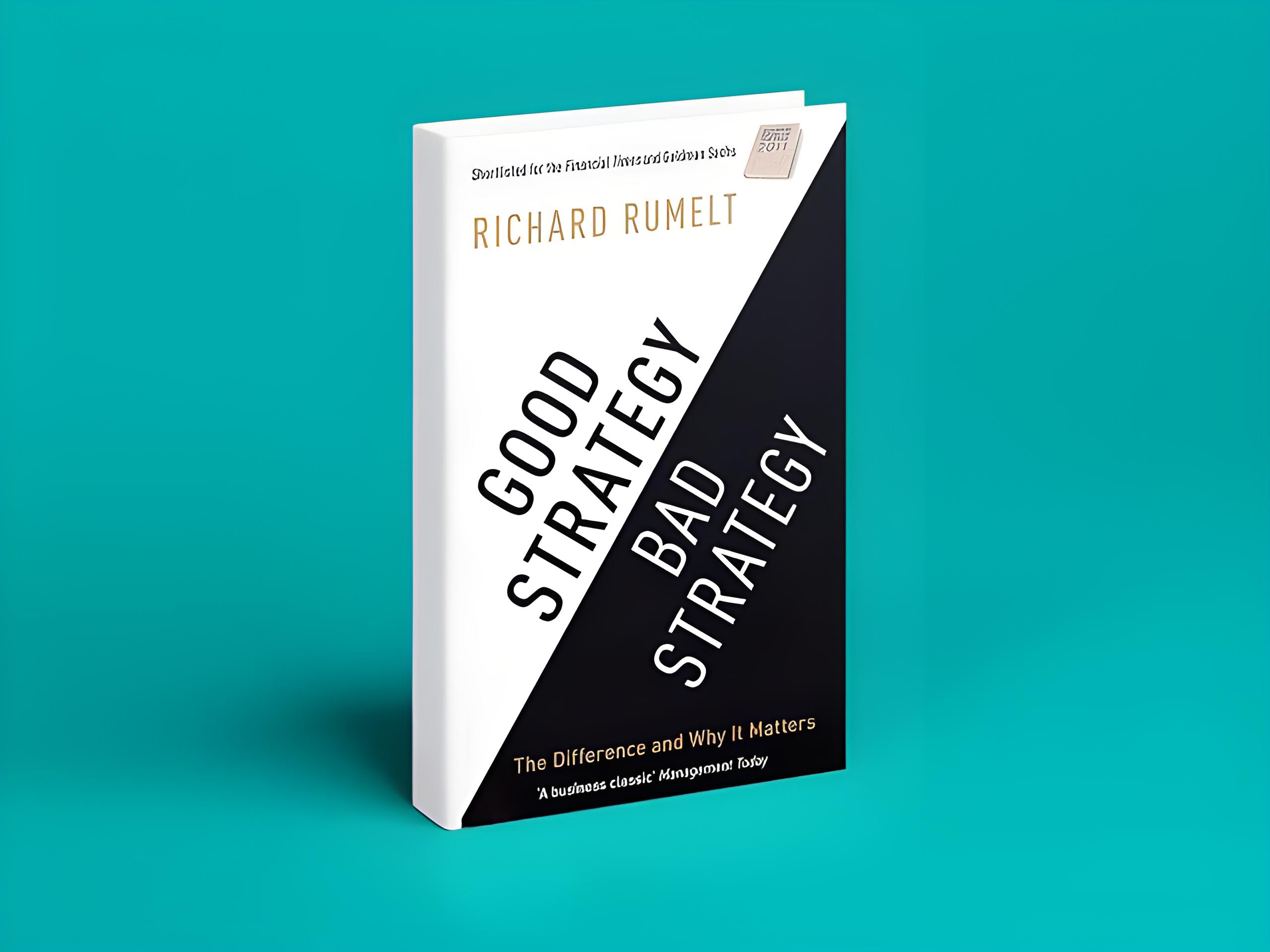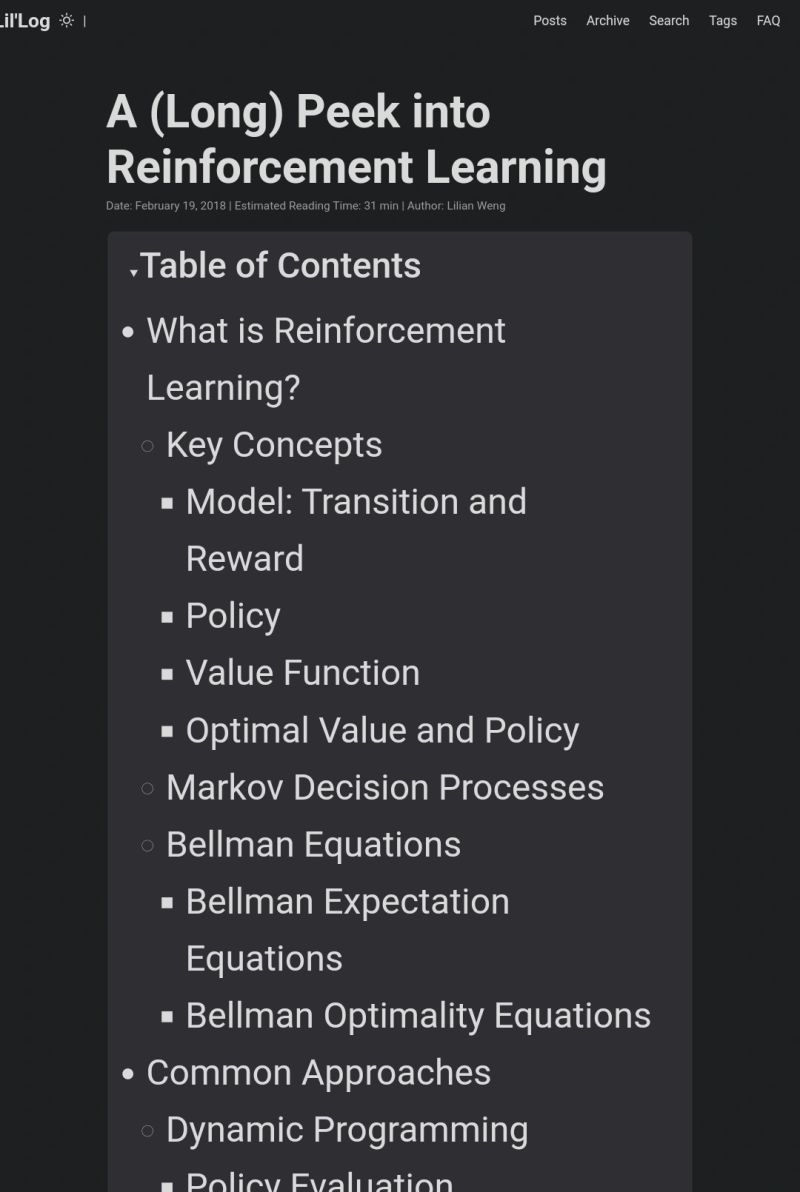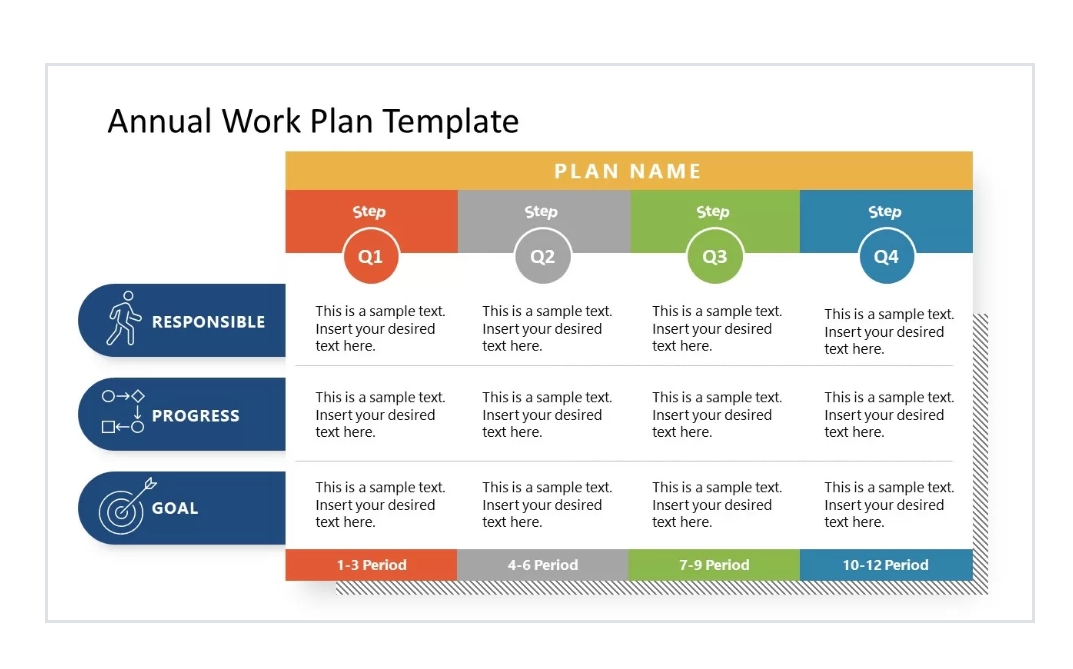Back
SHIV DIXIT
CHAIRMAN - BITEX IND... • 1y
📖 DAILY BOOK SUMMARIES 📖 🔗 DIRECT FREE E-BOOK DOWNLOAD LINK AVAILABLE — https://drive.google.com/file/d/18jBVqczAXKo4u9-ei8WTlO4RMzNaCt9-/view?usp=drivesdk 🔥 Good Strategy and bad Strategy 🔥 🚀 20 Lessons By 👉 ✨ Richard Rumelt ✨ 1. Good Strategy Has Clear Goals and Focus: • A good strategy identifies specific objectives and avoids trying to do everything; it focuses on what matters most. 2. Diagnose the Core Problem: • Effective strategy begins by identifying the root cause of challenges, not just surface issues. 3. Define a Guiding Policy: • Good strategy includes a guiding policy that sets the direction and creates a framework for decisions and actions. 4. Take Coherent Actions: • Strategy requires consistent and coordinated actions that align with the guiding policy to achieve desired outcomes. 5. Avoid Fluff and Buzzwords: • Bad strategy often uses vague or feel-good language that sounds impressive but lacks actionable substance. 6. Focus on Competitive Advantage: • Good strategy leverages strengths that provide a unique advantage over competitors, not just operational improvements. 7. Set Priorities to Overcome Key Challenges: • Recognize and address the most significant challenges with targeted solutions, rather than general improvements. 8. Adapt to Reality, Not Wishful Thinking: • Good strategy is realistic and responsive to actual conditions and constraints, rather than overly optimistic goals. 9. Embrace Trade-Offs: • Choosing a strategic path often means sacrificing certain opportunities in favor of others; don’t try to do it all. 10. Bad Strategy Lacks a Clear Direction: • A hallmark of bad strategy is vague or contradictory objectives that confuse rather than clarify. 11. Effective Strategy is Problem-Solving: • Good strategy is essentially a plan to overcome obstacles, addressing specific problems with actionable steps. 12. Good Strategy is Simple, Not Simplistic: • It should be straightforward enough to guide action but grounded in a deep understanding of complexity. 13. Bad Strategy Relies on Motivational Goals Alone: • Just setting ambitious goals without a plan doesn’t constitute a strategy; it lacks substance and actionability. 14. Good Strategy is Responsive to Change: • Adaptability is critical; good strategies adjust to shifting market conditions or unforeseen circumstances. 15. Beware of Template-Driven Strategies: • Bad strategies often rely on generic templates or processes that don’t address specific organizational needs. 16. Avoid Chasing Multiple Unrelated Goals: • A good strategy focuses on a cohesive set of priorities rather than scattering efforts across unrelated initiatives. 17. Balance Ambition with Realistic Resources: • Effective strategy considers available resources and capabilities, avoiding overextension.

Replies (2)
More like this
Recommendations from Medial
Phoenixmedia
An Social media mark... • 1y
Does having a group of friends who don't have any vision, goals , and gives a bad negative vibe are good? Eventually not I know but what if they are your close friends and are jealous by seeing your success and want to divert you from your studies an
See MoreMitsu
extraordinary is jus... • 4m
I finally understood the difference between Claude Code and Cursor. The answer is that Cursor will punish you for writing a bad prompt. if you write a good prompt it will give you good results, and if you write a bad one, you will get bad results.
See MoreAI Engineer
AI Deep Explorer | f... • 8m
A (Long) Peek into Reinforcement Learning How do AI agents master games like Go, control robots, or optimize trading strategies? The answer lies in Reinforcement Learning (RL)—where agents learn by interacting with environments to maximize rewards.
See More
Pradeep K Chaudhay
Co-Founder & CPO Gro... • 9m
Why Every Startup Founder Needs an Annual Work Plan? An annual work plan is essential for startup founders as it provides a clear roadmap to achieve goals. 1. Strategic Direction: It aligns short-term actions with long-term vision, helping founders
See More
Download the medial app to read full posts, comements and news.


































